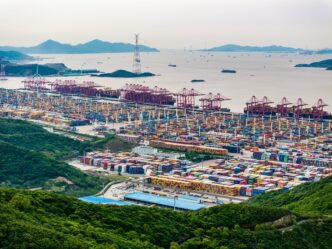The recent implementation of tariffs under President Donald Trump's administration has sparked significant debate over their impact on both the U.S. job market and developing countries. While the tariffs are intended to revive American manufacturing jobs, experts argue that they could inadvertently accelerate automation, posing a greater threat to global employment dynamics.
President Trump's tariffs have been justified as a defense against what the administration perceives as unfair trade practices by other nations. The tariffs are calculated based on each country's trade deficit with the U.S., leading to higher rates for developing nations. This strategy, however, does not account for the service balance and has resulted in higher tariffs for countries with labor- and resource-intensive industries.
The core issue is that these tariffs may encourage U.S. companies to adopt more automation to cope with the increased costs of bringing production back to American soil. Economists highlight that the U.S. economic structure, which favors capital over labor due to historical policy decisions, is already inclined towards automation. Recent increases in robotics installations in American manufacturing underscore this trend.
This shift poses a significant challenge to developing countries, whose economic growth has traditionally relied on export-led industrialization. The rise of automation in high-income economies like the United States threatens this model by reducing the demand for low-cost, labor-intensive manufacturing. As automation becomes more viable, industries such as garment manufacturing, which have been pillars of employment in developing nations, face disruption.
The situation is compounded by the fact that while China, the primary target of U.S. tariffs, has shifted towards technology and automation, many developing countries remain reliant on labor-intensive exports. As a result, these nations risk being left behind in global value chains if they do not adapt.
To address these challenges, developing countries are encouraged to focus on technology adoption and innovation as central components of their economic strategies. Investing in infrastructure, digital literacy, and upskilling the workforce will be crucial. Additionally, diversifying into sectors less susceptible to automation, such as healthcare, education, and digital services, could mitigate the risks posed by these global shifts.
Ultimately, while tariffs have dominated recent headlines, the underlying issue of automation presents a more profound and enduring challenge to global economic structures. Developing countries must act swiftly to navigate this new landscape and ensure sustainable growth amidst these technological changes.








